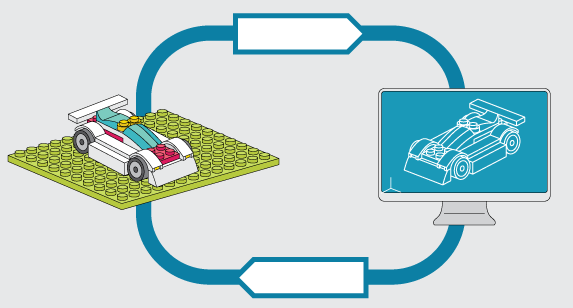Prototyping constitutes a wide range of methods spanning both physical and digital domains, each with their respective benefits and drawbacks. Different methods are used in the product development process (PDP) to generate knowledge about both the problem and design solution. A key ingredient to successful product development is ensuring that the right knowledge about the product is developed at the right time. This requires effective comparison and selection of prototyping methods that have very different properties and outputs making the problem akin to comparing apples with oranges. What techniques can be applied to achieve this?
We propose that this can be achieved by considering the fungibility of prototypes. Two objects considered fungible are capable of mutual substitution. Determining fungibility requires a context specific value judgement to be made, irrespective of what the prototype actually is.
In prototyping, the value proposition is that of knowledge generation. To compare prototyping methods, this means determining if the same type of knowledge is generated, at the same fidelity and accessible to the same people. By comparing prototyping methods across some or all these dimensions, prototyping selection can be guided according the ‘right’ knowledge being generated along with the crucial bottom line of lead time and cost.
Moreover, this assessment can be carried out easily and simply by a designer by asking themself three questions:
- What type of knowledge is this prototyping activity generating?
- At what fidelity?
- And accessible to who?
This was explored in greater depth in a paper that was presented for the CIRP design conference 2021. Follow the link here to read the paper and find out more!

